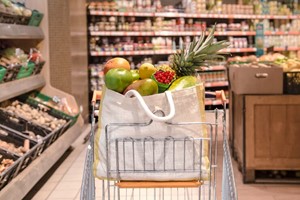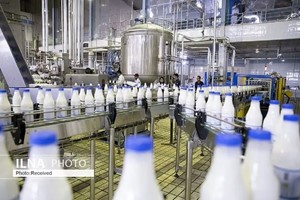As reported at the start of the Ukraine-Russia war, Ukraine is widely known as the breadbasket of Europe and the conflict currently experienced there was expected to have a significant impact on wheat and grain supplies and costs. Russia supplies about 20% of world wheat exports, and Ukraine about 10%, according to the Food and Agriculture Organisation (FAO) of the United Nations. Together, they account for approximately 13% of total global wheat production. Sanctions on Russia will further impact on supplies, and Russia may also retaliate with measures of its own to reduce supplies to the west. The grains produced are used to make cereals and flour and therefore a wide range of products including bread, cakes and pasta will be impacted.
At the start of the conflict it was considered highly likely that disruptions to supply chains would result in issues with obtaining sufficient supplies leading to price increases and shortages. Wheat futures were already high, being at their highest point since July 2020. Fast forward until May 2023 and the impact on inflation, along with other factors, has been significant and far more widespread than the key products noted above. According to the Office of National Statistics (ONS) the annual inflation rate for food & drink was 19.2%. The largest contributor to the rise in food inflation was bread and cereals, for which average prices rose by 19.4% in the year to March 2023 which suggest the initial expectations came to fruition. However, what was perhaps not as well publicised was the wider impact this would have on other categories of food and drink.
In addition to grain, both countries are a major supplier of vegetable oil, most notably sunflower oil. Sunflower oil is the world's third-most traded vegetable oil after palm and soybean oil, with the Ukraine being the world's largest producer - followed by Russia. This has led to high increases in similar products as demand for alternatives driving up prices, for example the ONS cited a 49% increase in olive oil this year.
All of this not only increases impacts on the producers but all through the chain through processing to restaurants and pubs. The latter also being hit by the cost of living crisis which is making people think more before spending.
Food price inflation generally was already high following on from the pandemic and further supply disruption has added to this, making food more expensive across the world.
Indirectly, disruptions to the natural gas supply from the area impacted the production of fertilizers which were already in short supply, making matters worse generally for agriculture and the food sector.
The overall impact for richer countries is that certain foods have become more expensive and although generally there have not been the supply issue previously predicted. For poorer countries food insecurity, which is already a concern, has been made worse. In politically unstable countries this may well result in more conflicts leading to disruptions in other supply chains.
Darren Rigden














